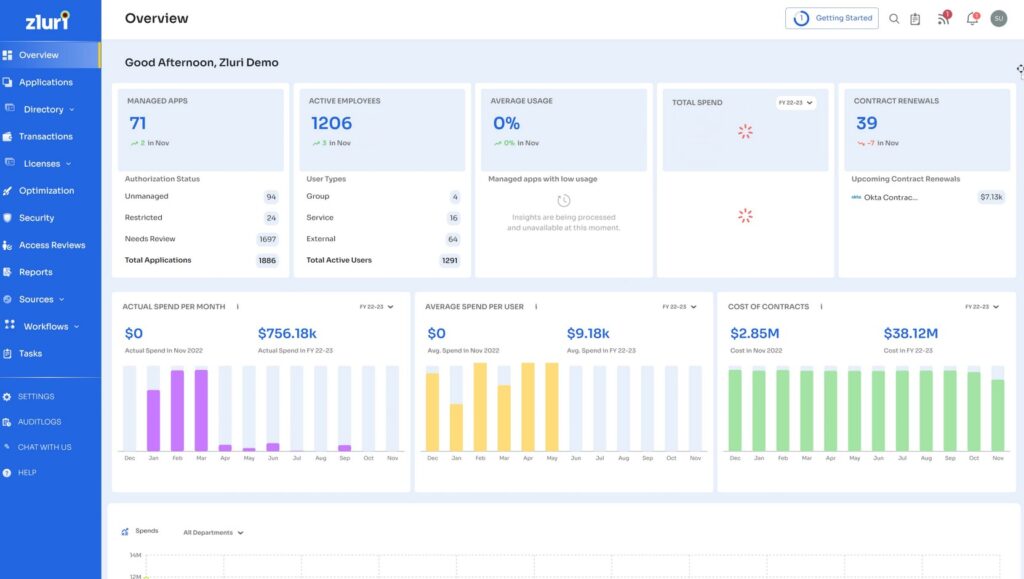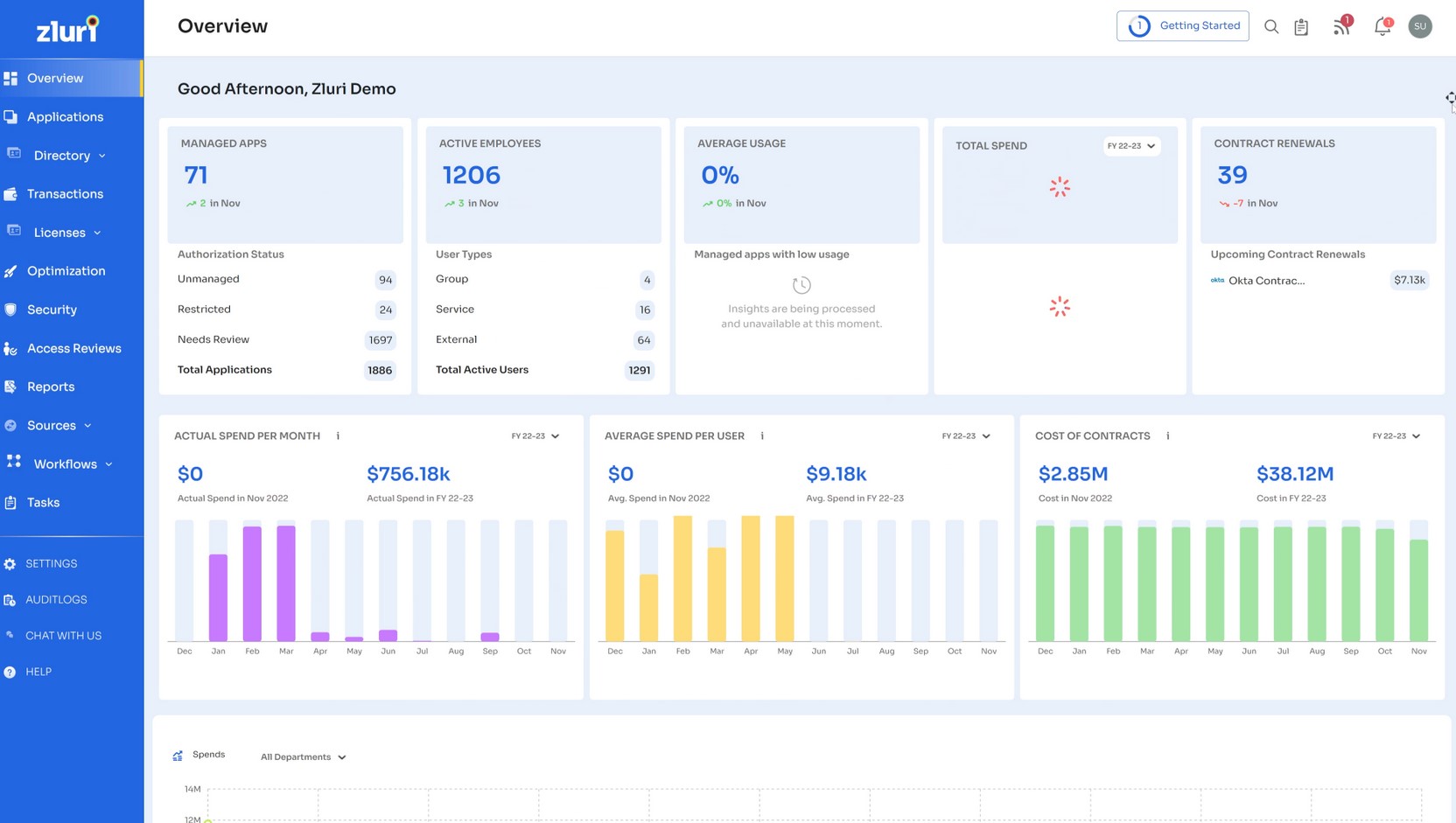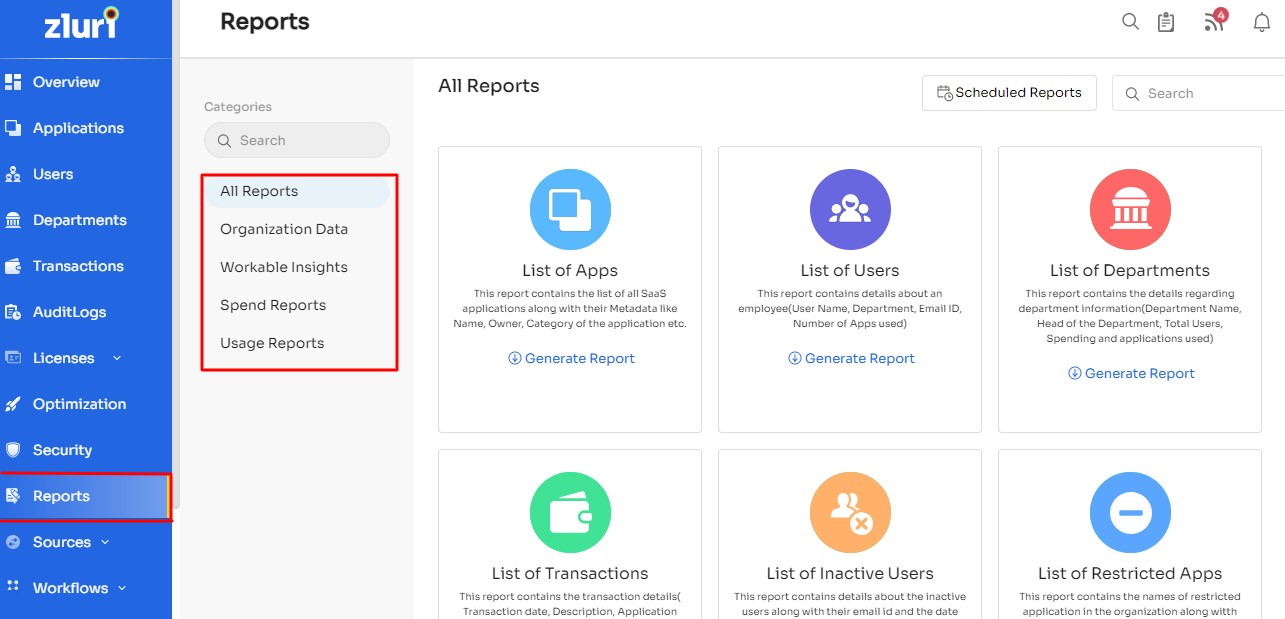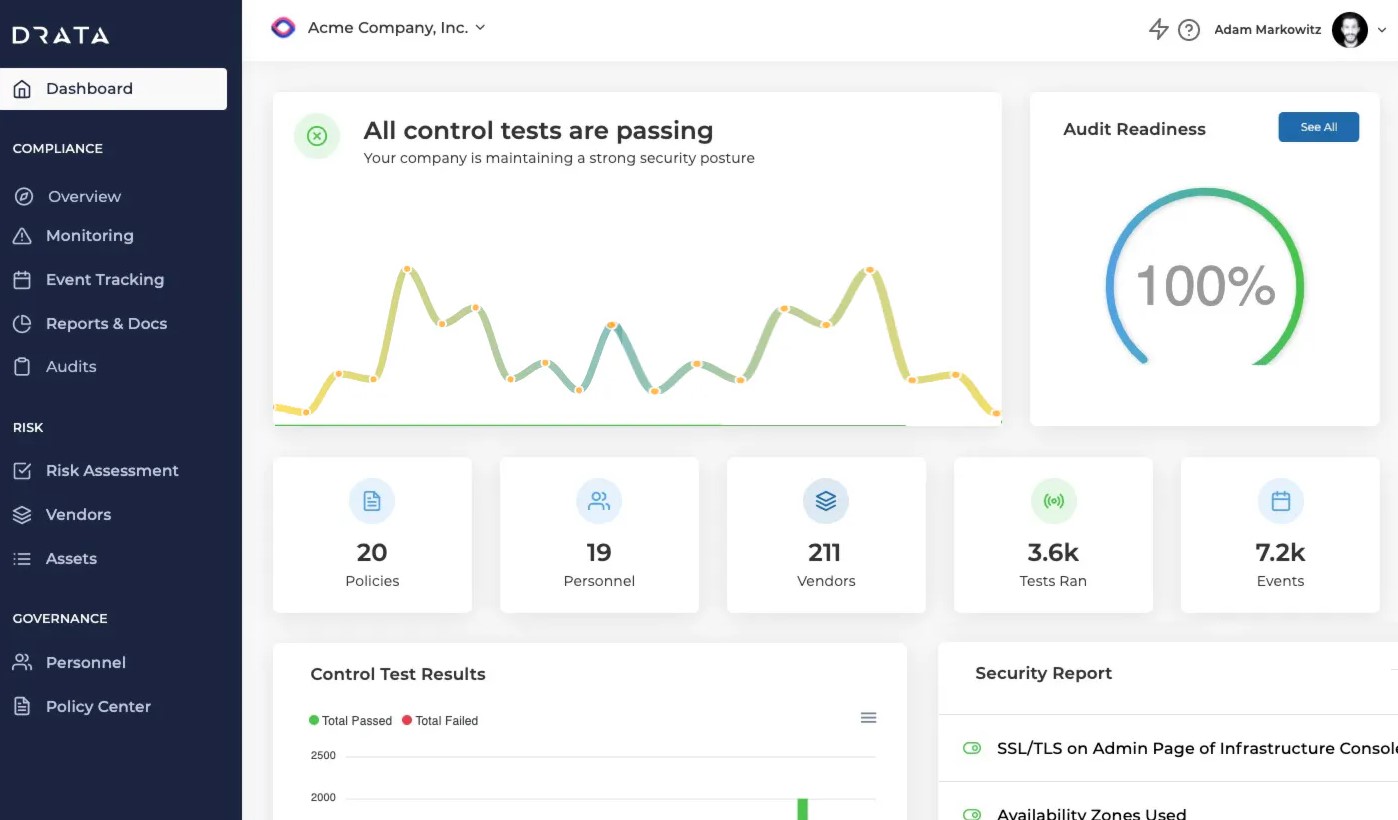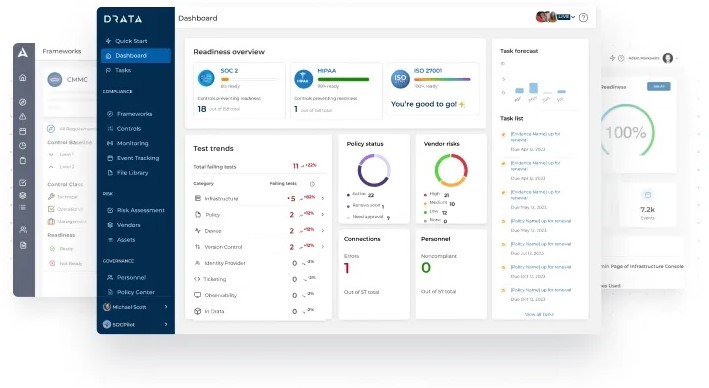Cybersecurity is rapidly evolving and brings new risks to organizations. The associated standards and frameworks also require updates to meet this constant evolution. Governments and private bodies responsible for implementing and managing different standards are updating the existing provisions to protect organizations from evolving risks. While these changes augur well for organizations in the long run, complying with them in the short run requires more effort. At the same time, non-compliance can lead to heavy fines and even the resulting loss of trust and reputation.
Organizations are increasingly turning to compliance automation platforms to balance these evolving compliance requirements. These software tools have features like workflows, reports, and analysis to ease your time and effort. Most of these even collect data from different sources and analyze them to provide insights into new patterns and actionable insights.
However, choosing the right automation compliance platform is key, and in this guide, we explore two popular choices – Zluri and Drata.
Zluri Highlights
Zluri is a unified SaaS management platform that eases the management of your SaaS applications. It provides the visibility and control you need over your tech stack while ensuring compliance with data security and privacy standards. It also monitors shadow IT apps and governs user access to our apps through a single interface.
Source: Zluri
Here are some aspects that make Zluri a compelling choice as a compliance automation platform.
Unified Access Management
A common cause of cyberattacks is overprivileged access, where too many people have access to multiple apps. Much of this excessive access is due to a lack of control and visibility into who has access to what. Zluri addresses this issue with its unified access management interface, where you can view all access privileges. More importantly, you can enforce granular and automated user provisioning across all your apps.
I found that you can use this tool to create workflows for automating access requests. At the same time, accessing resources for authorized employees can be easy with the advanced zero-touch onboarding.
Another potential issue is the continued access to users even after they leave a department or organization. With Zluri, you can implement secure user de-provisioning to reduce the chances of insider attacks.
Comprehensive SaaS Management
Zluri is a SaaS management platform to gain comprehensive visibility into your SaaS apps and their usage. With such insights, you can optimize costs and even stay on top of your contracts. More importantly, you can identify shadow IT apps and eliminate them to reduce risks and meet compliance requirements of data security and privacy standards. It works well with CASBs, direct apps, custom apps, finance applications, and more.
Automated Workflows
You can use automated workflows to manage repetitive tasks, including user onboarding and offboarding. Moreover, you can automate user provisioning and de-provisioning, provide access, and more. It even comes with predefined templates and customizable rules that you can use to automate specific tasks.
Saves Time and Effort
A highlight of Zluri is that it is easy to use. You can create workflows within minutes, and it involves no code at all. Moreover, you can save time on manual onboarding and offboarding tasks while reducing potential human errors.
Automated reports are another feature that saves time and effort while increasing visibility. Zluri offers 21 automated reports across four categories – organizational data, workable insights, spend report, and usage level report. With these reports, you can reduce excessive spending, increase ROI, and enhance security and compliance.
At the same time, note that these reports have limited customization options only, and this can be a bit of a drawback for organizations that prefer to generate reports for internal compliance, auditing, and decision-making.
Overall, Zluri is a compliance automation platform that offers 360-degree visibility to optimize costs while providing complete control over your operations. Its simple interface and affordable pricing make it an attractive option.
Pros:
- Provides SaaS visibility.
- Streamlines access control.
- Monitors usage.
- Comprehensive control and visibility.
Cons:
- Limited reporting customization.
- The user interface can be better.
Key Highlights
- Zluri includes a unified SaaS management component that eliminates shadow IT risks.
- Offers 360-degree visibility into your operations.
- Optimizes costs and is reasonably priced.
- It offers 21 reports across four categories.
Drata Highlights
Drata is an automated compliance platform that supports many regulations like SOC 2, HIPAA, GDPR, ISO 27001, PCI DSS, and more. It handles the entire journey, from setting the processes to generating audits and reports. It also enhances an existing GRC program with automation and streamlined workflows.
Source: Drata
Below are Drata’s notable features.
Third-party Risk Management
Drata’s third-party management capabilities help you better control your risks while meeting financial, security, and compliance processes. At the same time, you can also ensure that every contractor and vendor you handle is safe and risk-free. Drata can come in handy to even assess your APIs’ security.
Well-designed User Interface
A highlight of Drata is its well-designed user interface. In a single pane, you can find comprehensive information about your compliance rate with different frameworks. You can also learn about the status of your tests, their latest trends, and the success and failure rates. Other information on the dashboard includes vendor risks, policy status, task lists, and more. In all, I found the interface to be comprehensive and easy to navigate
Wide Integrations
You can integrate Drata with any tech stack to get comprehensive visibility into your controls and their performance. It also works well across many popular applications like Google Cloud, AWS, Jira, GitHub, Slack, Azure, and more. Drata also integrates well through APIs.
Automated Evidence Collection
Gather all the evidence you need automatically with minimal time and effort. You can also use its many features like custom tests and integration coverage to get the required information without taking elaborate screenshots or tracking them through spreadsheets.
Works Well for Different Organizations
Drata works well for different organizations, from startups to established enterprises. It is also a good choice for organizations across multiple industries and sizes. Drata can work for companies looking to scale their risk and compliance programs or want to improve the effectiveness of their existing GRC programs.
In all, Drata is a comprehensive platform that provides complete control throughout your GRC journey.
Pros:
- Automated compliance management.
- Intuitive user interface.
- Customer support.
- Reduces manual workload.
Cons:
- Reports can be more insightful.
- Limited documentation.
Key Highlights
- Works well for all organizations, regardless of their size and industry.
- Highly extensible to include multiple frameworks.
- Automates data collection.
- Manages third-party risks.
Now that we know what each platform can do, let’s see how they compare with each other.
Zluri vs. Drata – A Head-to-head Comparison
Zluri and Drata have many things in common for automation compliance. Besides supporting many frameworks, they offer extensive support throughout the entire compliance journey.
Common Features
Let’s look at their common features.
- Intuitive user interface.
- Support for many frameworks.
- Extensive integrations with leading platforms.
- Reduced workload.
- Saves time and effort.
- Automated workflows.
- Evidence collection.
Next, let’s look at the areas where the two platforms differ.
SaaS Management
SaaS management is one aspect where the two platforms differ. Zluri is more comprehensive as it includes unified SaaS management as a part of its offerings. As a result, you can eliminate shadow IT apps and the risks that come with it. However, this feature is not present in Drata.
Compliance Frameworks
Drata wins hands-down when it comes to the extensiveness of compliance frameworks, as you can use them for anything from NIST to HIPAA. It also maps well for voluntary frameworks that enhance your organization’s reputation. The advantage is that for a little extra cost, you can extend compliance to more standards, making it a good value for money. Zluri is not this seamless when it comes to extending compliance to more standards.
Pricing
When it comes to pricing, many users have opined that Drata is expensive for what it offers while Zluri is highly cost-effective. In my opinion, this is subjective because it depends on your organization’s needs and what features you want to leverage. Since both companies don’t publish their pricing and customize it based on an organization’s specific needs, it’s hard to compare.
In all, both platforms are equally poised, and the choice depends on what features you are looking for.
Final Verdict
As risks expand, compliance standards are also evolving to protect organizations and individual stakeholders from these risks. But from an organization’s standpoint, meeting this evolving compliance is difficult and this is why they turn to automated platforms.
In this guide, we compared Zluri and Drata, two top compliance automation platforms that offer many features to help manage compliance with different standards. They offer an intuitive user interface and well-defined workflows to ease your time and effort. That said, they are not identical and come with many differences, especially in their approach to risk and compliance.
Generally speaking, if compliance with an expanding list of standards and frameworks is your goal, Drata can fit better. On the other hand, if you want to focus on mitigating security risks and meeting compliance, Zluri can be a better choice.
